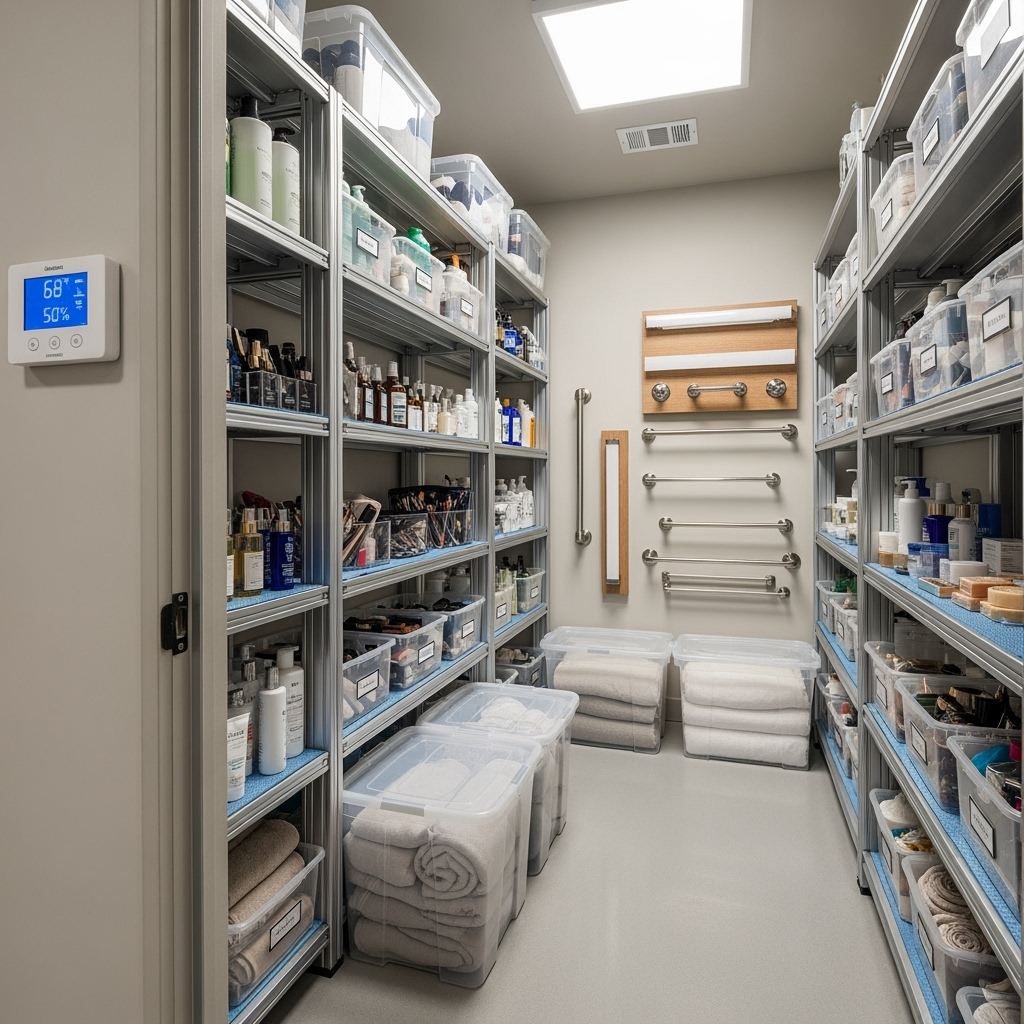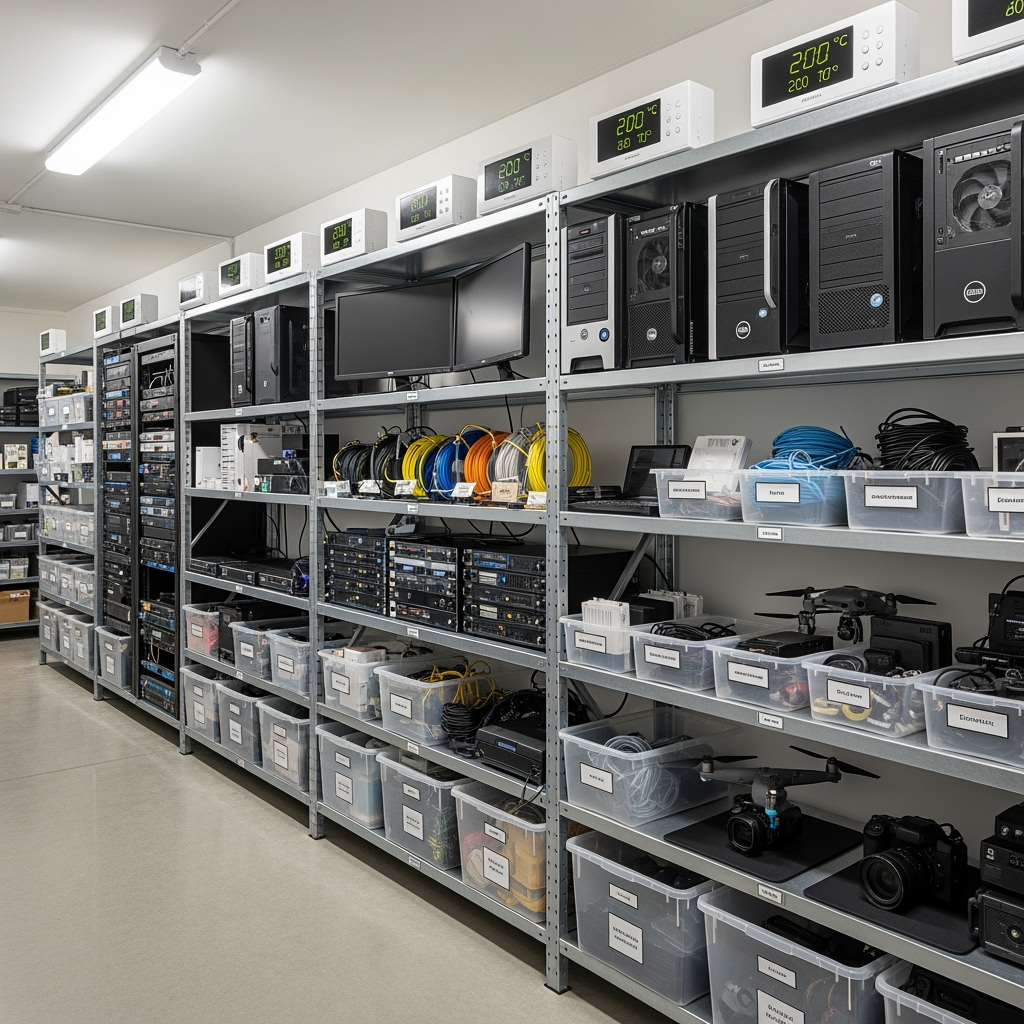The Growing Need for Proper Textile Storage
For serious crafters and DIY enthusiasts, protecting valuable yarn and fabric collections is essential. As the crafting industry continues to grow, with many artisans managing substantial inventories worth thousands of dollars, proper storage becomes crucial. This comprehensive guide will help you preserve your textile investments using climate-controlled storage solutions.
Why Climate Control Matters for Textiles
Yarn and fabric are particularly susceptible to environmental damage. Without proper climate control, your materials can face several risks:
- Mold and mildew growth in humid conditions
- Fiber degradation from temperature fluctuations
- Color fading from exposure to heat
- Pest infestations in non-controlled environments
- Permanent damage from moisture absorption
Ideal Storage Conditions for Different Materials
Natural Fibers (Wool, Cotton, Silk)
Natural fibers require special attention in storage:
- Temperature: Maintain between 65-75°F
- Humidity: Keep at 45-55%
- Air circulation: Essential to prevent moisture buildup
Synthetic Fibers (Acrylic, Polyester, Nylon)
While more resilient, synthetic fibers still benefit from controlled conditions:
- Temperature: Can tolerate wider range (60-80°F)
- Humidity: Less critical but still maintain below 60%
- Protection from direct sunlight
Organizing Your Climate-Controlled Storage Unit
Zone Planning
Create distinct zones in your storage unit:
- Fabric Section: Stored flat or rolled, never folded
- Yarn Area: Organized by weight and fiber type
- Tools and Notions: Easily accessible storage
- Project Works-in-Progress: Protected and organized
Container Selection
Choose the right storage containers:
- Clear plastic bins with secure lids
- Acid-free archival boxes for delicate materials
- Cedar elements for natural pest prevention
- Moisture-absorbing packets for extra protection
Maintenance and Access Tips
Regular Checks
Maintain your storage investment with routine maintenance:
- Monthly inspections for any signs of damage
- Rotation of materials to ensure even air exposure
- Temperature and humidity monitoring
- Inventory updates and organization checks
Smart Access Planning
Make your storage unit work for your crafting schedule:
- Keep frequently used materials near the front
- Label everything clearly with contents and date stored
- Create an inventory system with photos
- Plan seasonal rotation of materials
Special Considerations for Long-Term Storage
Documentation
Maintain detailed records of your stored items:
- Inventory lists with purchase dates and values
- Care instructions for specific materials
- Photos of stored items for insurance purposes
- Storage location maps for easy retrieval
Making the Most of Your Storage Investment
Climate-controlled storage is an investment in your crafting future. By properly storing your materials, you’re not just protecting valuable supplies – you’re ensuring the quality of your future projects and maintaining the value of your craft investment.
When to Upgrade Your Storage
Consider upgrading your storage solution when:
- Your collection outgrows current space
- You acquire high-value or delicate materials
- Seasonal changes affect your current storage
- Your crafting business expands
Conclusion
Proper storage of yarn, fabric, and crafting supplies is essential for any serious crafter. With climate-controlled storage solutions from Public Storage, you can protect your valuable materials while keeping them organized and accessible. Whether you’re a hobbyist with a growing collection or a professional crafter managing inventory, the right storage solution will help preserve your textile treasures for years to come.










Leave a Reply